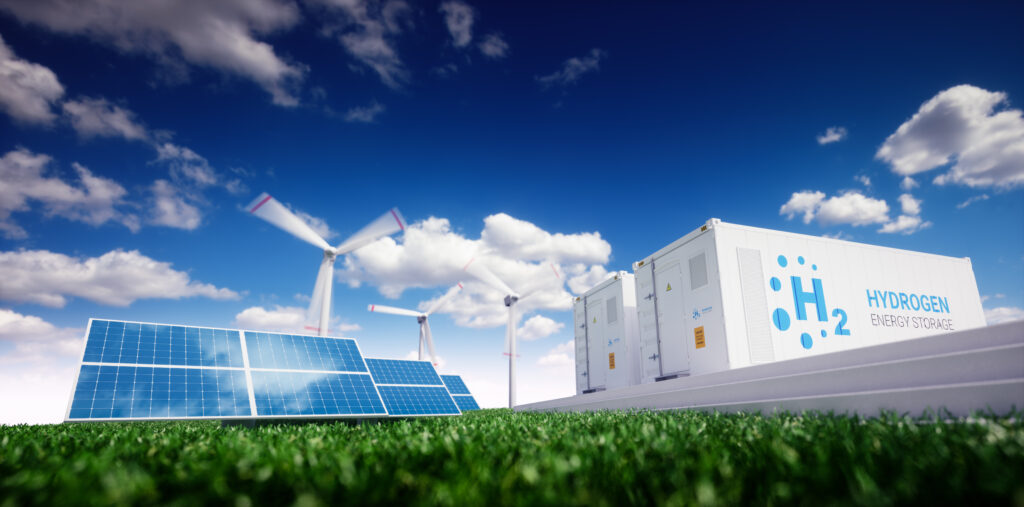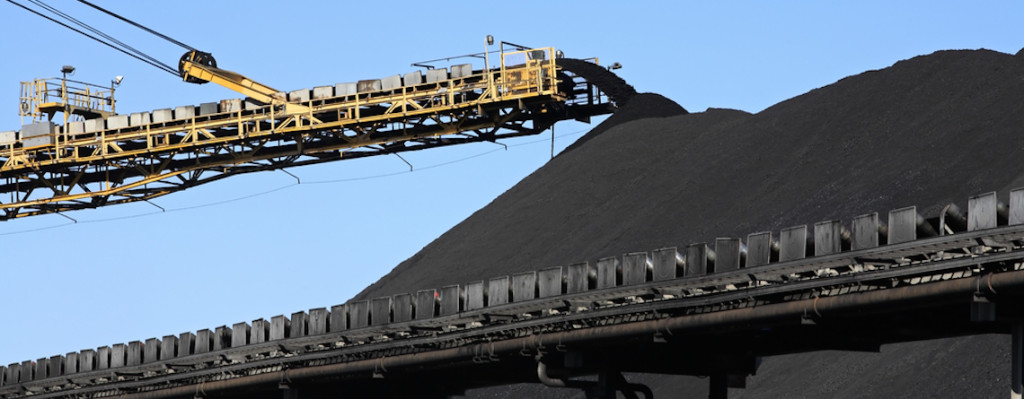In the last post we looked at the many reasons Australia needs to kick its methane gas habit, including health, climate, cost and jobs concerns. In this one we drill into de-gassing commercial buildings. The latest version of the Green Building Council of Australia’s GreenStar rating tool denies its highest ratings to commercial office buildings that cannot demonstrate that they are “fossil fuel free.” That is, that they do not consume gas or other fossil fuels on premises, except for backup power generation.

Major institutional property investors have already changed projects mid-construction to design-out gas and are reviewing their portfolios to determine the most cost effective pathways to replace gas plant in existing buildings.
Heating, hot water and cooking are the three main uses of gas in commercial buildings.
Cooking Without Gas
Electrifying cooking is pretty straightforward once chefs are convinced of the benefits of induction cooking, with its instant heat, fine control, easy to clean surfaces, and efficiency. There are even commercial grade induction units suitable for wok cooking, with large concave elements to provide even heat. The spatial footprint for induction appliances is identical; it’s just a case of getting the power there (more on that in a moment).
Heating and Hot Water
Replacing boilers and other heating and hot water plant may be more difficult. Their electric equivalents, heat pumps, use the same principles as a reverse cycle air conditioning unit, and typically require outdoor and indoor units, potentially creating spatial and even structural challenges in terms of where they can be situated. Council authority approvals are often required if adding external plant due to visual and acoustic impacts to neighbours, unless it can be sited within an existing recessed external plant area. Some buildings use instantaneous gas units for water heating, which have a very small form factor; heat pump systems may require additional bulky and heavy tanks. Pipework may require re-routing.
Power Impacts
Then there’s electricity. A commercial building’s power bill has three main parts to it:
- Consumption, charged on a per-kWh basis, often with time of day and/or aggregate consumption charges;
- Maximum demand, charged based on the highest electricity demand in kW during the year; and
- Fixed network and statutory charges.
When building plant is electrified, both consumption and maximum demand patterns will change. While the gas bill will fall, it’s critical to model the impact on electricity over the course of the year. If maximum demand increases, this will both increase those costs, but could also result in the building requiring a larger feed from the electricity distributor (if one is readily available given local network constraints – we’ve seen examples where the distributor has offered an upgrade providing the customer provides the capex to run new cabling from substations up to tens of kilometres away). Meanwhile, daily and seasonal consumption patterns and aggregate electricity supply will increase.
And it’s not just the supply to the building that might need to be upgraded. The capacity of the main switchboard, sub-mains cabling running to each floor, distribution boards serving the relevant plant rooms and kitchen areas all need to be reviewed and may require modification.
Fortunately, due to seasonal variability between major building energy uses, building electrification may be possible without increasing maximum demand, and can be cost effective in conjunction with normal plant replacement cycles. However, it requires careful modelling and effective design to ensure costs don’t go through the roof.
One Size Doesn’t Fit All
Whereas most vehicle designs are mass-manufactured and it is often possible to design an electrification retrofit kit that can be rolled out at scale, every commercial building is unique given the original architects’ and engineers’ proclivities, plus differing block sizes and planning constraints. The arrangements and sizing of plant rooms, pipe and cable risers, and of course the various building systems (electrical, mechanical and plumbing) varies considerably from building to building.
Unfortunately, there’s no “one size fits all” solution for removing methane gas uses, and it’s critical to use experienced engineers to ensure electrification upgrades are efficient, cost effective and reliable. And when you’re playing with critical building systems, capable project management is also a must.








